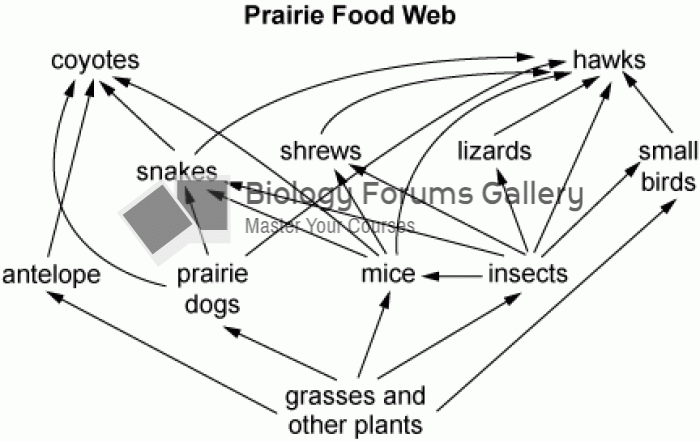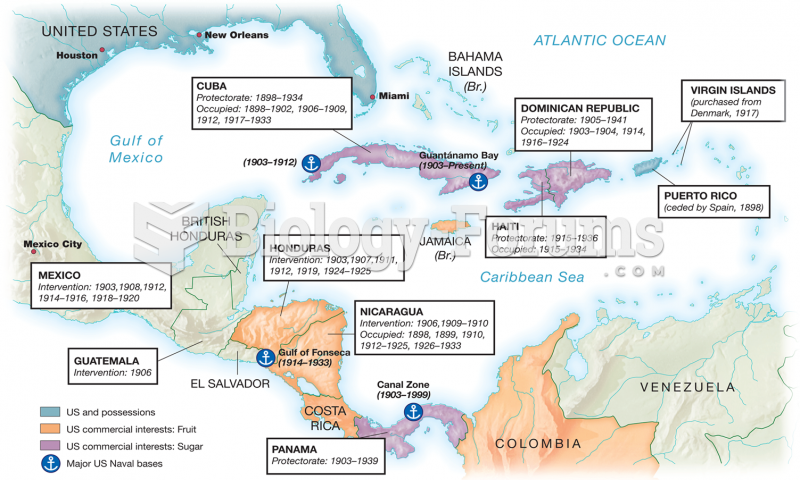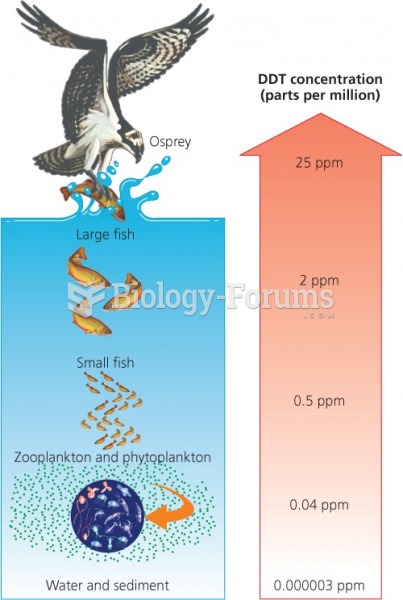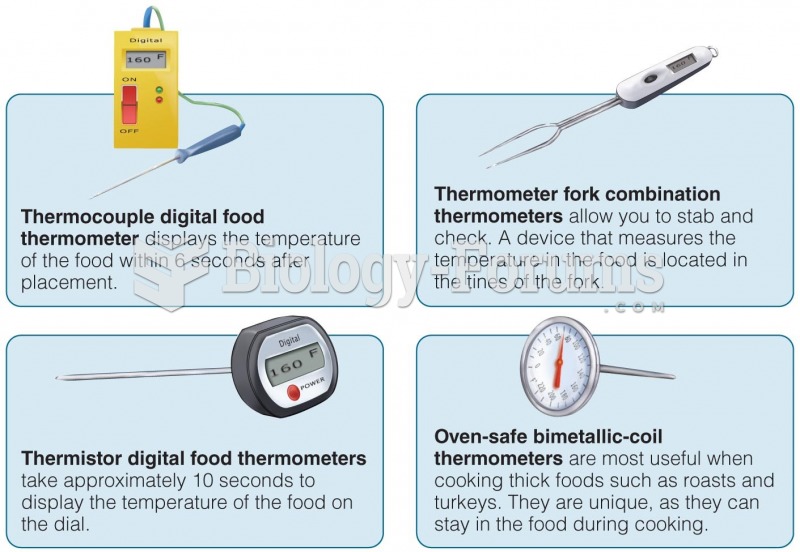|
|
|
The Romans did not use numerals to indicate fractions but instead used words to indicate parts of a whole.
Though “Krazy Glue” or “Super Glue” has the ability to seal small wounds, it is not recommended for this purpose since it contains many substances that should not enter the body through the skin, and may be harmful.
The tallest man ever known was Robert Wadlow, an American, who reached the height of 8 feet 11 inches. He died at age 26 years from an infection caused by the immense weight of his body (491 pounds) and the stress on his leg bones and muscles.
Between 1999 and 2012, American adults with high total cholesterol decreased from 18.3% to 12.9%
In most cases, kidneys can recover from almost complete loss of function, such as in acute kidney (renal) failure.







